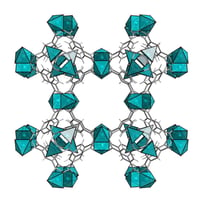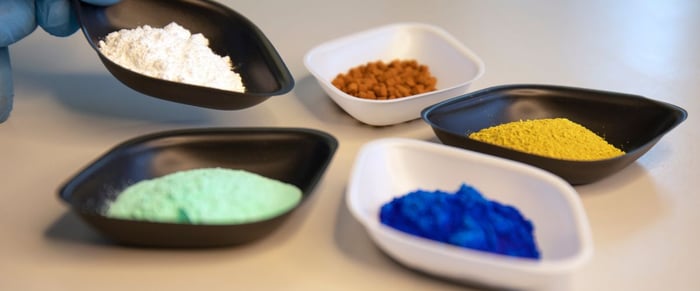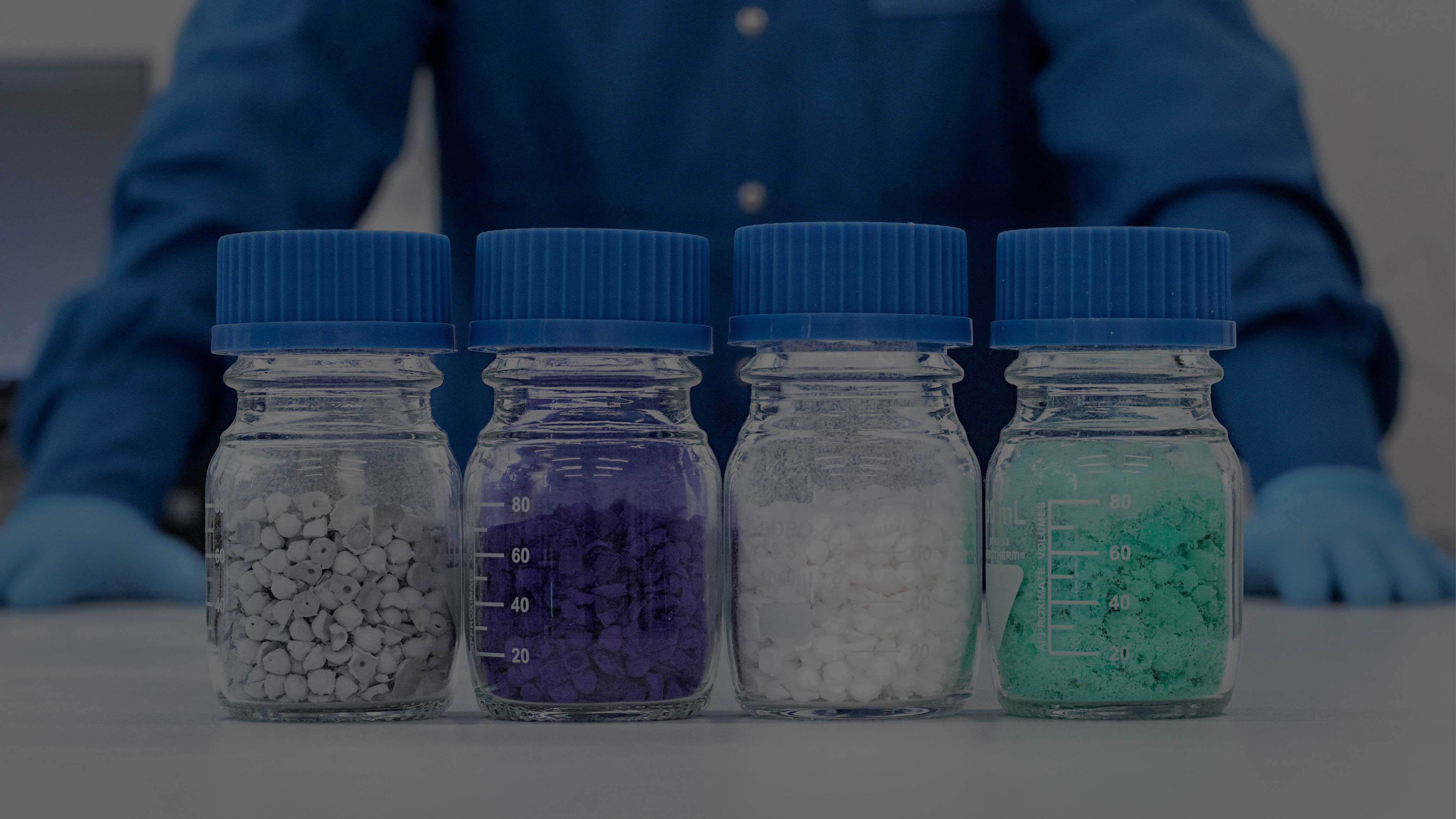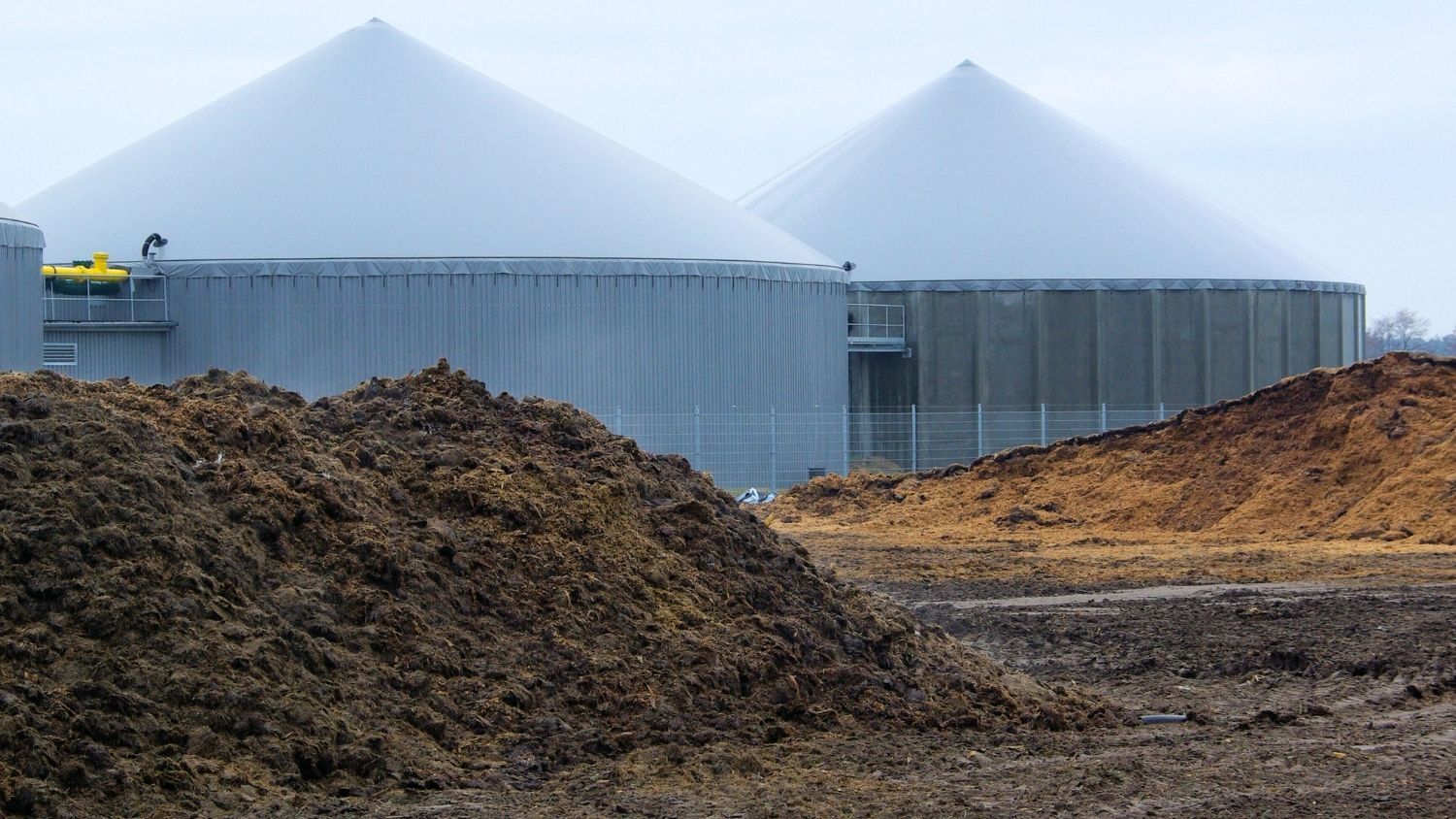In a world increasingly gripped by the urgency of climate change, the quest for innovative solutions to combat rising carbon dioxide (CO2) levels is paramount. The consequences of unchecked greenhouse gas emissions, such as extreme weather events and rising sea levels, underscore the pressing need to reduce our carbon footprint. Amid this challenge, carbon capture technologies have emerged, offering a means to reduce greenhouse gas emissions significantly. Among these technologies, Metal-Organic Frameworks (MOFs) have raised the potential to revolutionize the landscape of carbon capture. In this blog, we will investigate why MOFs garner attention as a novel and promising alternative for carbon capture, their diverse applications in various industries, and how they might hold the key to a sustainable future.
 How MOFs Work: The Art of Carbon Capture
How MOFs Work: The Art of Carbon Capture
MOFs, short for Metal-Organic Frameworks, are crystalline materials composed of metal ions or clusters connected by organic molecules, creating a structure with nanoscale pores. These pores act as molecular traps, capable of selectively capturing gases, including CO2. Imagine MOFs as high-tech sponges, each with a unique structure tailored to capture specific gases with remarkable efficiency.
The Versatility of MOFs in Carbon Capture
MOFs offer a versatile solution for carbon capture, with applications spanning various phases of the process:
Post-Combustion Capture: In this phase, flue gases loaded with CO2 pass through MOF-based materials, where the MOFs selectively adsorb the CO2, reducing emissions significantly.
Pre-Combustion Capture: Pre-combustion capture is a technique employed in processes like gasification, where carbon-containing fuels (like coal or biomass) are converted into synthetic gas (syngas) before combustion. MOFs can help selectively capture CO2 from the syngas, purifying the syngas to its main components of carbon monoxide and hydrogen for further synthetic use (methanol synthesis, ammonia synthesis via Haber-Bosch process, hydroformylations or Fischer-Tropsch processes).
Direct Air Capture (DAC): DAC is an approach that extracts CO2 directly from the ambient air. With their high selectivity and tunable properties, MOFs play a crucial role in this emerging technology. DAC powered by MOFs has the potential to actively reduce atmospheric CO2 levels, contributing to global efforts to combat climate change.
A Game-Changer for Carbon Capture
MOFs hold several advantages over traditional carbon capture materials and methods. Their exceptional porosity, tunability, and capacity for selective gas adsorption make them extraordinarily efficient. MOFs are versatile and adaptable, suitable for diverse applications across various industries. Their potential to lower energy requirements for carbon capture and reduce costs has captured the attention of researchers, engineers, and policymakers alike.

Industries Benefiting from MOF-Enhanced Carbon Capture
In the following table, various MOF applications for carbon capture are summarized:
|
Carbon Capture Phase |
Application |
Industry Beneficiaries |
|
Post-Combustion Capture |
Power plants, industries |
Energy generation, heavy manufacturing |
|
Pre-Combustion Capture |
Gasification, syngas |
Chemical processing, synthetic fuels |
|
Direct Air Capture (DAC) |
Ambient air |
Global carbon mitigation efforts |
|
Biogas Power Generation |
Anaerobic digestion |
Renewable energy, waste management |
The implementation of MOFs in carbon capture technology holds promise for several industries, including:
Energy Generation: Power plants, especially those using fossil fuels, can significantly reduce carbon footprint by integrating MOF-enhanced post-combustion carbon capture systems.
Chemical Manufacturing: The chemical industry, known for substantial CO2 emissions, can benefit from MOF-enabled carbon capture, leading to more sustainable processes.
Transportation Fuels: MOFs can optimize the production of synthetic fuels, reducing the carbon intensity of transportation fuels.
Construction: By integrating MOFs into building materials like concrete, CO2 can be captured and stored, promoting carbon-neutral construction practices.
If you are interested in knowing more about MOFs and their advantages for carbon capture, here is the list of our blog series dedicated to carbon capture, where you can find more details of the performance of MOFs and MOF-based materials in comparison to other materials and methods used for carbon capture:
Energy-efficient CO2 capture and release using magnetic materials
Circular economy: Tackling challenges with novel materials
Carbon enrichment with decentralized biogas utilization
Challenges and new opportunities in biogas upgrading
Sorption technologies for biogas upgrading
MOF-based membranes for biogas upgrading
MOFs for carbon capture and release
Tackle Climate Change with MOFs
Environment protection with MOFs
Energy-efficient carbon capture
Why MOFs outperform amine scrubbing?
MOFs vs. Calcium looping for carbon capture
MOFs vs. other porous materials for carbon capture
MOFs vs. other advanced materials for carbon capture
Reducing the economic impact of carbon emissions




.jpg)
